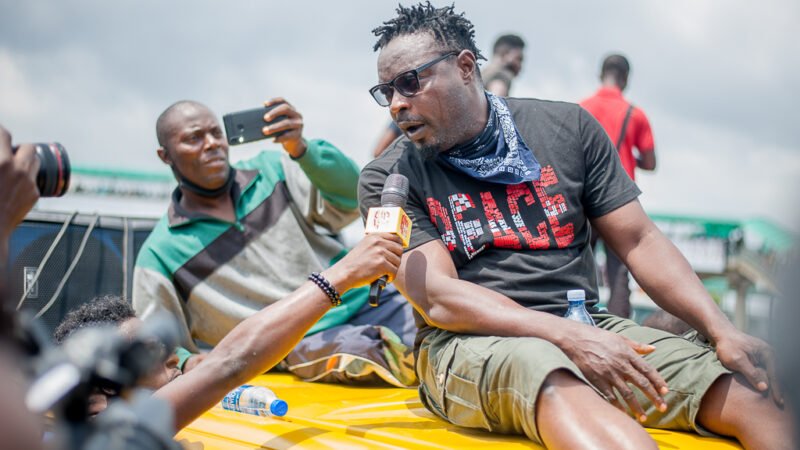Eduardo Rios-Rosas has been an American for a long time. He was 16 years old when he came to the U.S. from Mexico. That was two days before Christmas in 1999.
Today, he’s married with kids, working in logistics for a medical supply company. And after more than 25 years, he’s finally a U.S. citizen.
Rios-Rosas is one of 90 people who took the oath of citizenship in Judge Sarah Evans Barker’s courtroom on July 3. People from 33 countries sat in tight rows directly in front of the judge, their families and friends packed in behind them.
“It’s a pretty beautiful sight from up here,” the judge said as she surveyed the crowd from the bench.The annual Independence Day naturalization ceremony, which was once held at the Benjamin Harrison Presidential Site, was moved to the federal building this year after U.S. Citizenship and Immigration Services announced a winddown on using donated event sites.
Still, the air was distinctly celebratory. Indianapolis Mayor Joe Hogsett and singer Sylvia McNair took turns reading each amendment from the Bill of Rights. A law student played ‘America the Beautiful’ on trumpet, and an opera-trained attorney sang the national anthem.
The acting U.S. Attorney for the Southern District of Indiana, John Childress, asked people from each of the 33 countries of origin to stand. When it came time for the Mexican immigrants to stand, Barker complimented the bright red handkerchief sticking out of Rios-Rosas’ suit pocket.
One of the new citizens, Sandra Dominguez-Flores, addressed her classmates. “We did not get here alone,” she said, acknowledging the thick crowd of supporters behind them.
Dominguez-Flores arrived in the U.S. as a 2-year-old. She was granted temporary protection under the Deferred Action for Childhood Arrivals policy and eventually joined the U.S. Coast Guard. She became eligible for citizenship through marriage.
“We worked hard to prove ourselves worthy of this sacred opportunity,” Dominguez-Flores said.
Naturalization requires continued legal residence in the U.S. for several years, a clean background check and English proficiency. There’s also a test about civics and U.S. history. The last step — taking an oath of allegiance to the U.S. — was completed during the July 3 ceremony.
“You’re becoming citizens at a time when there is more than a little political turbulence in our land,” Barker told the group. Her advice: participate in the democratic process and try not to dwell on disagreements.
“We are counting on you to help us be the country you wanted us to be when you first dreamt of becoming American citizens,” Barker said. “Welcome home.”
The ceremony was followed by a reception with cookies, lemonade and voter registration forms.
'Sacred opportunity:' 90 become US citizens in Indianapolis ceremony – IndyStar



